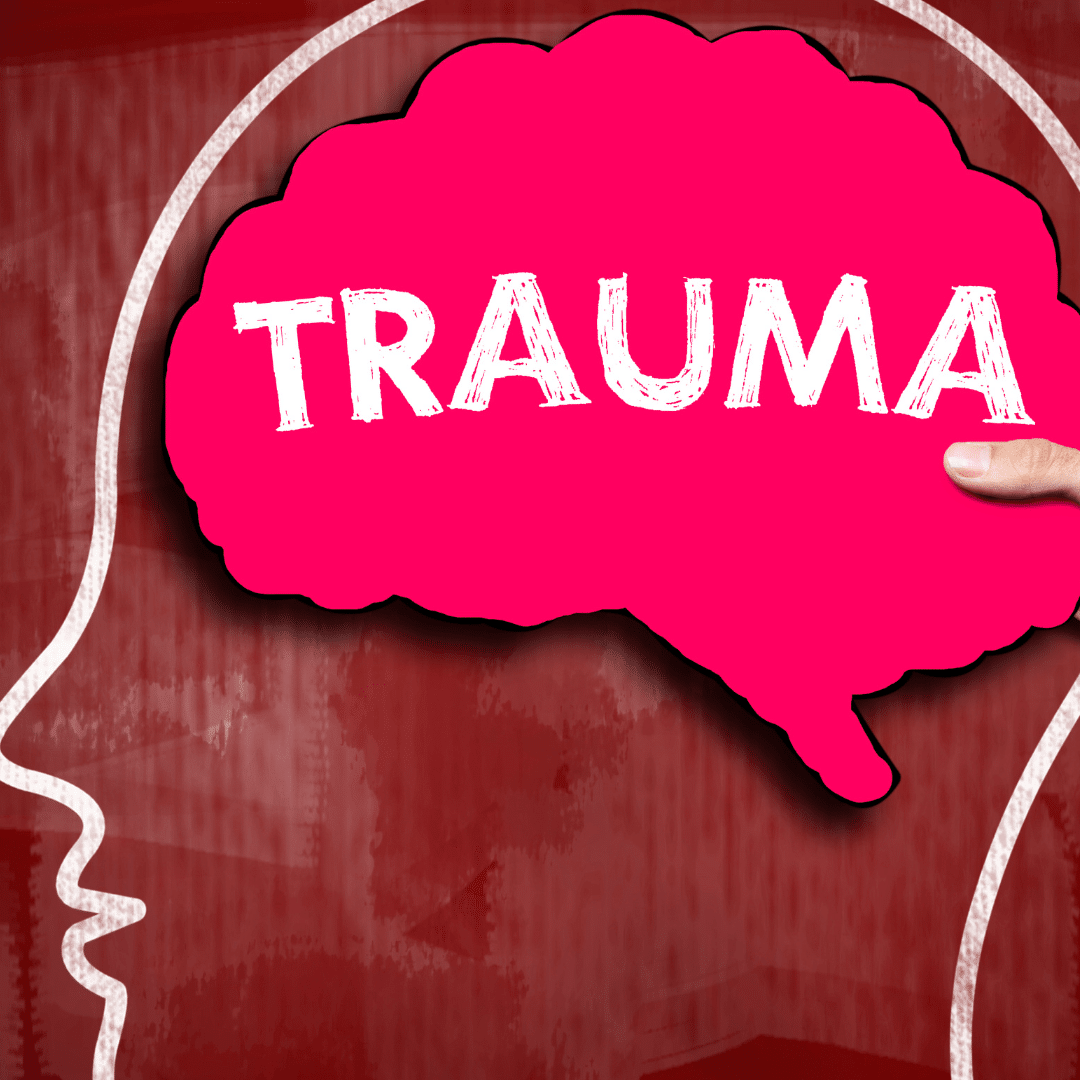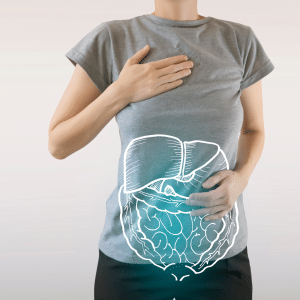
You’ve read about how traumas impact our mental health – those chilling nightmares, flashbacks and anxieties that invade the mind. But have you ever stopped to consider the physical side of the story? The fact is, trauma – that horrific tangled web of emotional distress – is not confined to the chambers of our mind. It goes beyond the cerebral and encapsulates the corporeal, taking root in our very physical bodies. Intrigued? Let’s look deeper into where trauma is stored in the body.
The Brain: Ground Zero of Trauma
Oh boy, where do we start? Let’s kick off this journey in the brain, shall we? Trauma initiates a biochemical cascade wreaking its mayhem in our neurological landscape. This onslaught affects key areas like the amygdala (where we decode emotions), the hippocampus (our memory storage unit), and the prefrontal cortex (a bigwig in cognitive functions). The result? A heightened sense of fear, disjointed memory processing, and impaired impulse control, painting a bullseye on mental health.

As the turmoil persists, one might notice a surge in anxiety levels, accompanied by an unsettling feeling of dread that seems to linger. The hippocampus, being the memory hub, might falter, leading to fragmented memories or flashbacks that can be both vivid and distressing. The prefrontal cortex’s impairment manifests as difficulty in concentrating, making decisions, and a noticeable decrease in problem-solving skills.
The Heart and Lungs: The Rhythm of Distress
Next, brace yourself for a trip to the heart and lungs. Turns out that trauma loves to dance to the rhythm of our heartbeat and breath. People grappling with trauma often have increased heart rates and shallow, rapid breathing – classic signs of the fight-or-flight response. The body, mistaking trauma’s echoes for immediate threats, kicks into survival mode, sending the heart and lungs into overdrive. Gee, talk about being stuck in a loop! This relentless cycle not only wears down the physical aspects but also casts a shadow on one’s emotional and mental well-being, fostering a ground for chronic health issues to take root.
Muscles and Joints: Silent Sufferers

Muscles and joints, often overlooked, bear the brunt of trauma too. They become repositories of emotional pain, leading to chronic tension and unexplained aches. Ever heard of that knot in your stomach during stress? That’s trauma playing its wicked game! The constant state of hyper-alertness leaves the body strained, giving birth to ailments like fibromyalgia and chronic fatigue syndrome. Furthermore, this relentless tension can manifest in various ways, including headaches, back pain, and even temporomandibular joint disorders (TMJ), where the jaw becomes a battleground of stress
The Digestive System: An Unsettling Consequence
Last stop, the gut – our second brain. Trauma-induced stress hormones can disrupt the delicate equilibrium of our digestive system. Hello, irritable bowel syndrome, acid reflux, and other gastrointestinal woes! Added to this, the gut’s close ties with mental health – courtesy of the gut-brain axis – mean that trauma’s tremors are felt keenly in this region.

So now you know – the aftermath of trauma doesn’t stop at the brain. It seeps into the physical, writhing and twisting its way into different body areas. It’s crucial to remember, though, that the body keeps the score, and with time and the right therapeutic interventions, it can also aid in healing.
Need help navigating this complex terrain? Don’t hesitate to reach out to one of our clinicians. They’re on your team, ready to guide you through the process of unpacking and working through the physical manifestations of trauma.
Responsibly edited by AI
Other Blog Posts in
Animo Sano Psychiatry is open for patients in North Carolina, Georgia and Tennessee. If you’d like to schedule an appointment, please contact us.
Get Access to Behavioral Health Care
Let’s take your first step towards. Press the button to get started. We’ll be back to you as soon as possible.ecovery, together.




